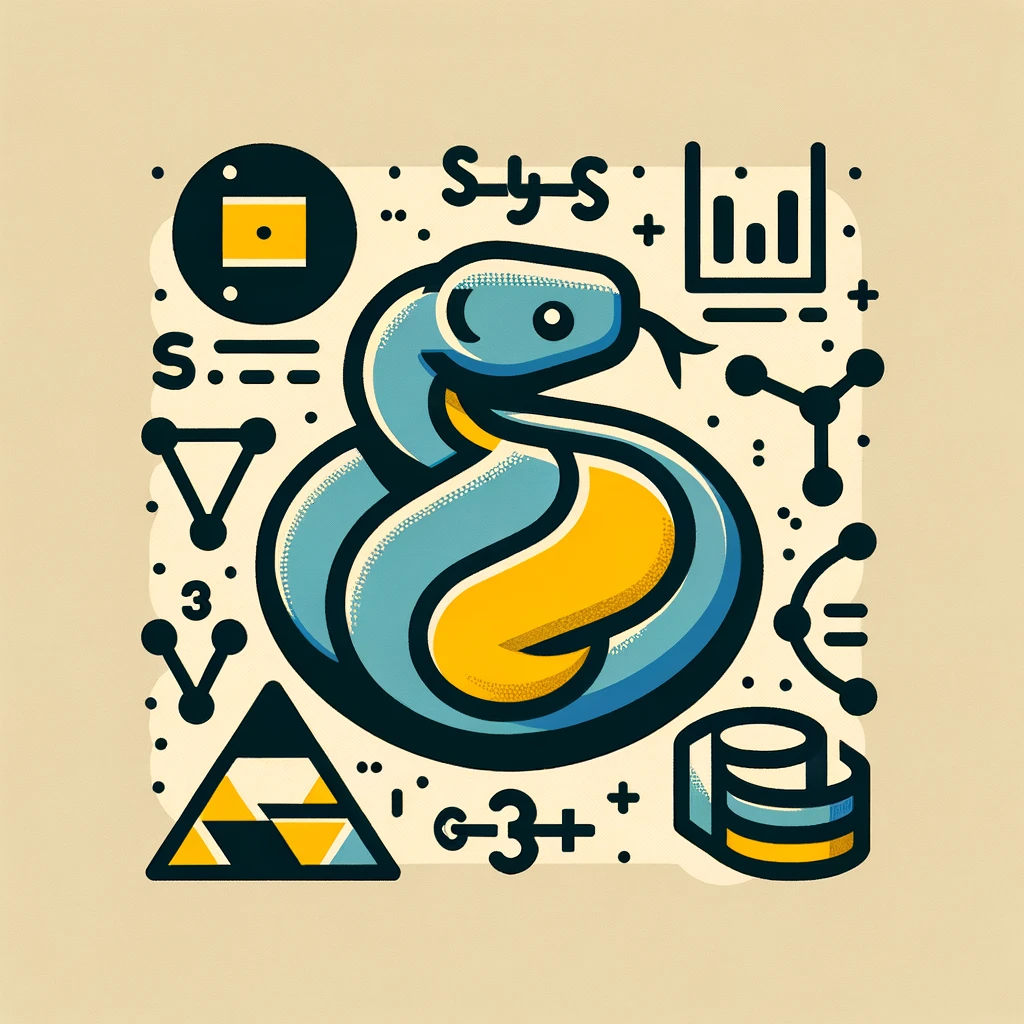Python sets are a powerful data structure, offering unique characteristics and methods that make them indispensable for certain programming tasks. In this tutorial, we’ll explore what sets are, how to use them, and why they are beneficial for managing unique data collections.
What is a Python Set?
A Python set is a collection data type that is iterable, mutable, and, most importantly, inherently unique — no duplicates are allowed. This makes sets ideal for tasks where uniqueness of elements is a key concern, such as handling a list of unique employee IDs, where duplicate entries could lead to erroneous data processing.
Creating and Utilizing Sets
To create a set, you can use the built-in set() function or the curly braces {}. Here’s how you can initiate a set with mixed data types:
# Creating a set with mixed data types
mixed_set = {1, "hello", (1, 2, 3)}
print("Mixed Set:", mixed_set)
Handling Duplicates with Sets
Sets automatically remove any duplicate values. This feature is particularly useful when you need to ensure all elements are unique:
# Example of set removing duplicates
num_set = set([1, 2, 2, 3, 3, 3, 4])
print("Unique Numbers:", num_set)
Output:
Unique Numbers: {1, 2, 3, 4}
Operations with Sets
Sets support typical mathematical operations like unions, intersections, differences, and symmetric differences. Here’s how you can use these operations:
# Defining two sets
a = {1, 2, 3, 4}
b = {3, 4, 5, 6}
# Union of two sets
print("Union:", a | b)
# Intersection of two sets
print("Intersection:", a & b)
# Difference of two sets
print("Difference:", a - b)
# Symmetric difference of two sets
print("Symmetric Difference:", a ^ b)
Advanced Set Operations
In addition to basic operations, Python sets offer powerful methods to manipulate and query set data:
add()– Adds an element to the setremove()– Removes an element from the setupdate()– Adds multiple elements to the set
Example of using these methods:
# Initializing a set
tech_set = {"Python", "Java", "JavaScript"}
# Adding an element
tech_set.add("Ruby")
print("After Adding:", tech_set)
# Removing an element
tech_set.remove("Java")
print("After Removal:", tech_set)
# Updating the set with multiple elements
tech_set.update(["Scala", "Go"])
print("After Updating:", tech_set)
Conclusion
Python sets are an essential part of the Python collections module, providing a unique mechanism to store non-duplicate items. They are particularly useful for data deduplication, membership tests, and performing mathematical set operations, which can enhance the efficiency and performance of your data manipulation tasks. For further exploration, the Python documentation provides comprehensive details on more advanced set functionalities.



